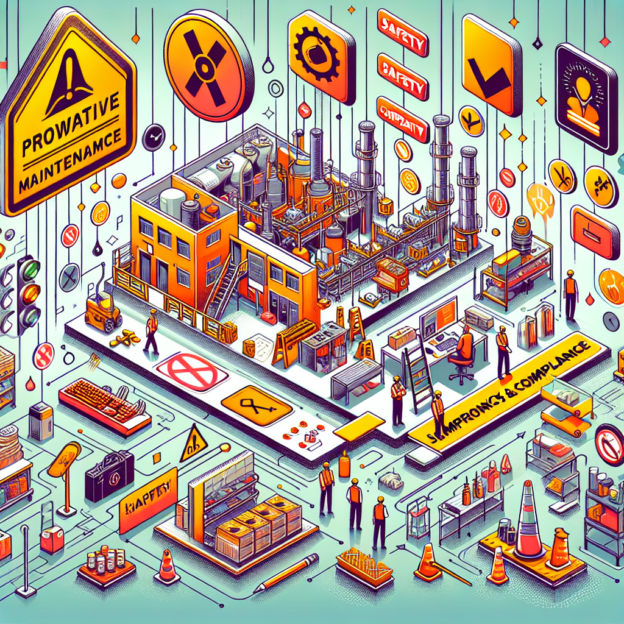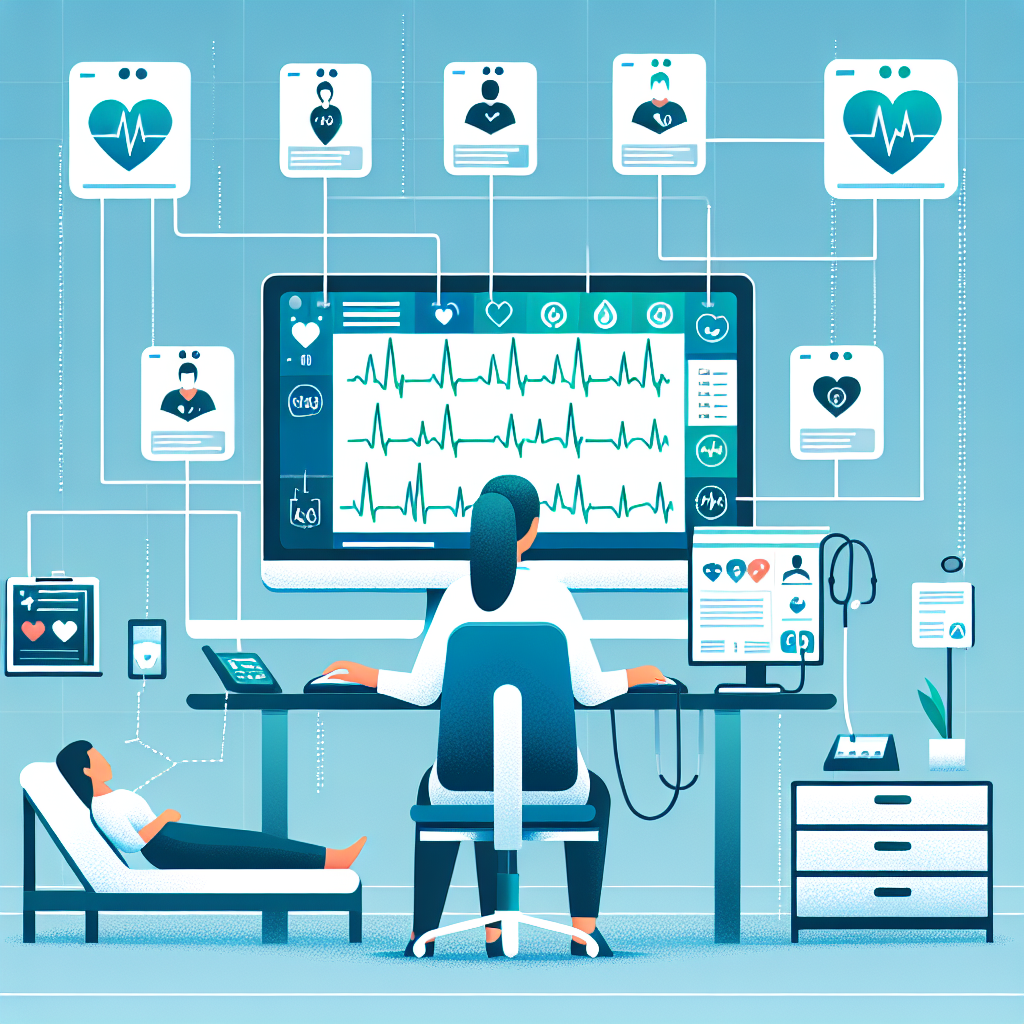In today’s digital age, personal cybersecurity is more important than ever. With cyber threats constantly evolving and becoming more sophisticated, it is crucial to take steps to protect your personal information and digital assets. Here are some tips for improving your personal cybersecurity:
1. Use strong, unique passwords: One of the easiest ways for cybercriminals to gain access to your accounts is through weak passwords. Make sure to use strong, unique passwords for each of your accounts, and consider using a password manager to help you keep track of them.
2. Enable two-factor authentication: Two-factor authentication adds an extra layer of security to your accounts by requiring a second form of verification, such as a code sent to your phone. Enable two-factor authentication whenever possible to protect your accounts from unauthorized access.
3. Keep your software up to date: Software updates often include security patches that help protect your devices from vulnerabilities. Make sure to regularly update your operating system, web browser, and other software to ensure that you have the latest security features.
4. Be cautious of phishing scams: Phishing scams are a common tactic used by cybercriminals to trick people into giving away their personal information. Be cautious of emails, messages, or phone calls that ask for sensitive information or prompt you to click on links. If you are unsure about the legitimacy of a message, contact the sender directly to verify.
5. Secure your home network: Make sure to secure your home Wi-Fi network with a strong password and encryption. Consider using a virtual private network (VPN) for an extra layer of security when connecting to public Wi-Fi networks.
6. Limit the information you share online: Be mindful of the information you share on social media and other online platforms. Avoid sharing personal information such as your address, phone number, or birthdate publicly, as this information can be used by cybercriminals for identity theft.
7. Backup your data regularly: In the event of a cyber attack or data breach, having backup copies of your important files can help you recover your data. Make sure to regularly backup your data to an external hard drive or cloud storage service.
By following these tips for improving your personal cybersecurity, you can better protect yourself from cyber threats and safeguard your personal information and digital assets. Remember that cybersecurity is an ongoing process, so stay vigilant and proactive in keeping your digital life secure.









